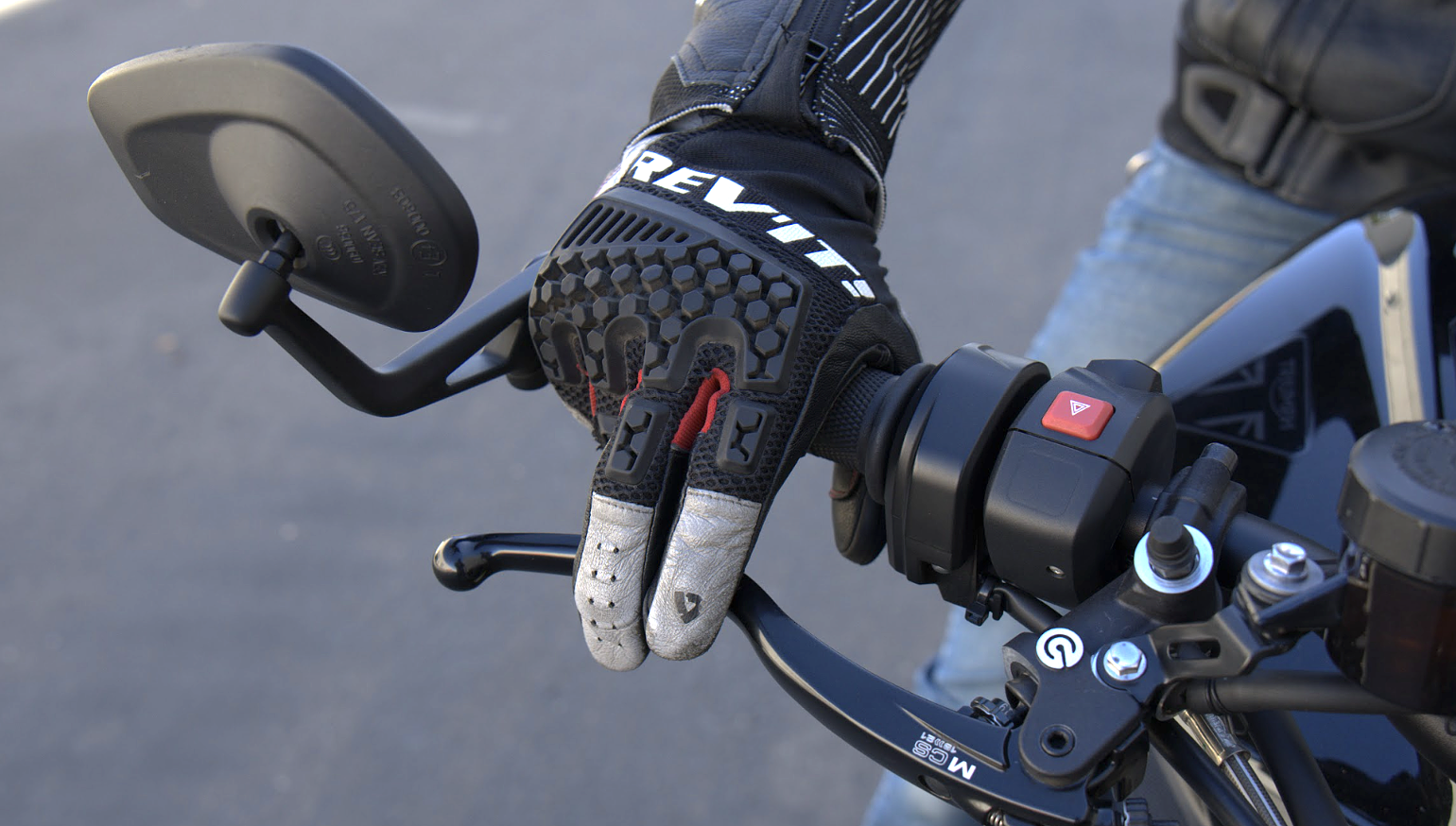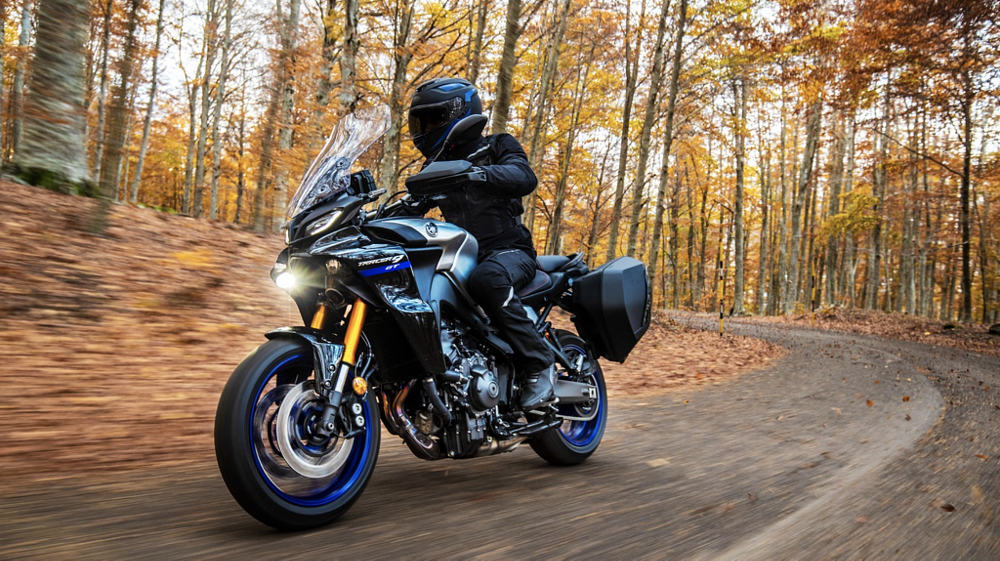Imagine riding in town when a delivery van lumbers out of an obscured alley, directly into your path. You get on the brakes, but it’s too late. You slam into the vehicle’s front quarter panel.
Now imagine the same scenario, except you’re able to come to a stop several feet from the van, avoiding a crash. What’s the difference?
It could be as simple as having the front brake covered.
Covering the front brake, also known as guarding the brake, is the technique of riding with enough fingers on the front brake lever to apply full braking force. The front brake is responsible for 60% to 100% of a typical street bike’s stopping power, and if your digits are already on the lever then you’ve removed a step from the identify-react-move-brake sequence and you can slow down and stop faster.
It may not seem like it takes much time to reach for the brake lever, but even the fastest fingers need two to three tenths of a second to do it. That’s a quarter second of full-speed forward travel before you even begin to slow down.
The difference that 0.25 seconds makes is easy to estimate. At 40 mph (59 feet per second), covering the brake could eliminate 15 feet of stopping distance, easily avoiding that delivery van. At 60 mph (88 fps) your stopping distance decreases by 22 feet, and at 80 mph (117 fps) on the highway, you’re looking at a delta of 29 feet. Just by having your fingers on the lever already.
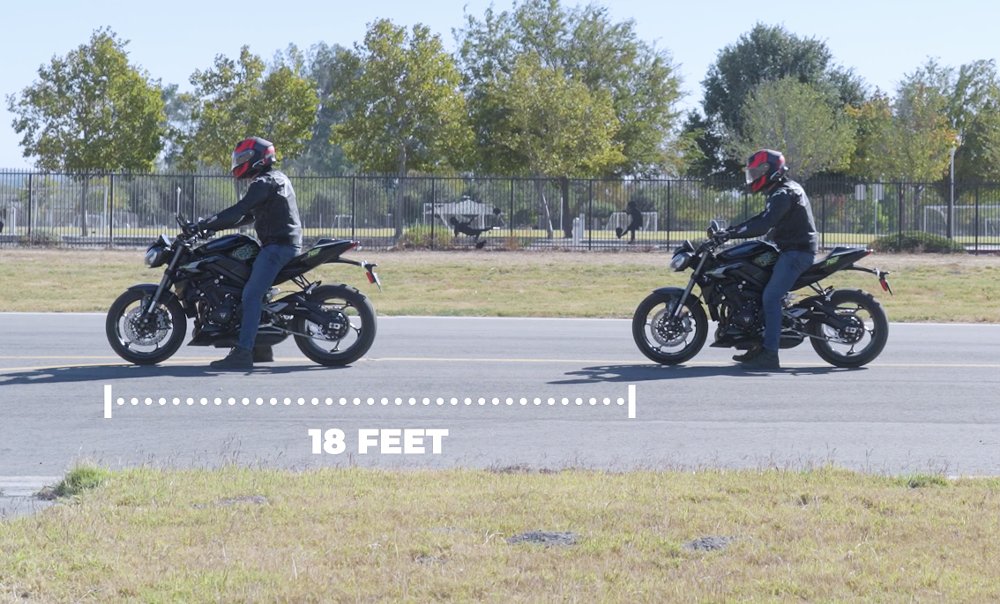
Perhaps you're reading this and thinking, “Duh, why does this even need to be discussed?” Well it turns out there’s a cohort of riders that thinks covering the front brake isn’t helpful and may even be dangerous.
Some of these folks might just be emerging from life under a rock, or, unfortunately, they may have been instructed not to cover the front brake. Many respected, mainstream riding schools, including MSF, actually discourage and even prohibit covering the front brake in their beginner courses.
According to representatives from MSF and Total Control Training, which is a leading school here in California, the rationale is that you’ve got to walk before you can run. And in totally-new-to-motorcycles beginner classes, covering the front brake is considered too advanced a concept. They don’t want to confuse students or have them accidentally apply the brake and gas at the same time, so they’ll actually tell riders to take their fingers off the lever if they see them doing it.
To be clear, covering the front brake is by no means an advanced technique in and of itself, but it does take coordination and muscle memory that some new riders haven’t developed yet. Unfortunately, many schools simply tell people not to do it, rather than explaining why it’s not a good idea at this early stage of their riding career.
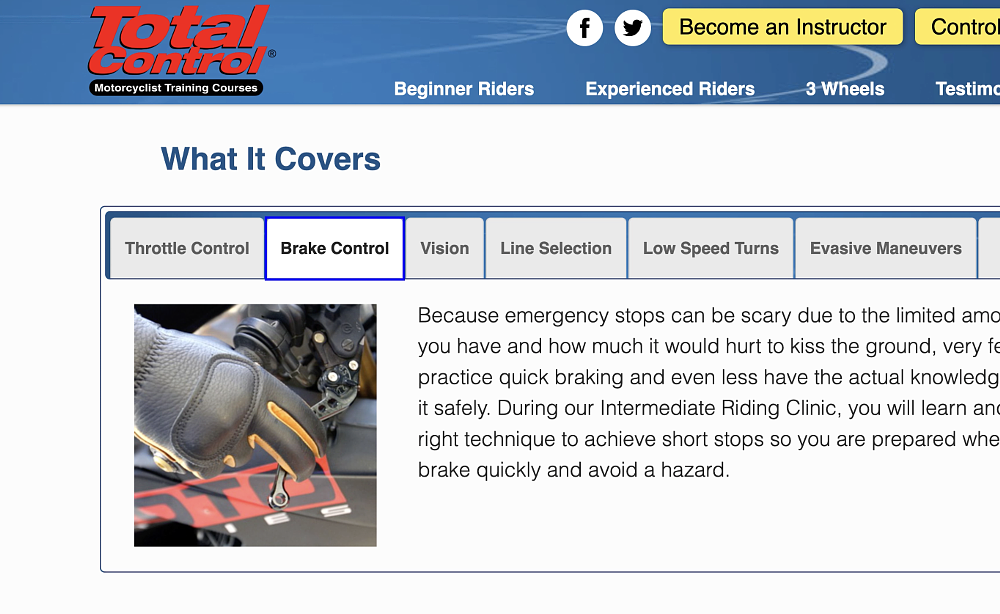
Even if a rider wasn’t admonished for covering the brake in class, they may still have reservations or questions about doing it. Here are answers to the concerns I’ve seen crop up.
Do I have to do it all the time?
Some riders always cover the brake, while others only do it when it’s appropriate, such as in traffic, when approaching cross streets or intersections, and other situations where you might need to slow down suddenly. In those scenarios I don’t just cover the brake, I also cover the clutch, my right foot goes forward to hover over the rear brake, and my knees clamp the tank. These are your motorcycle’s controls, and the quicker you can get to them, the quicker you can take control.
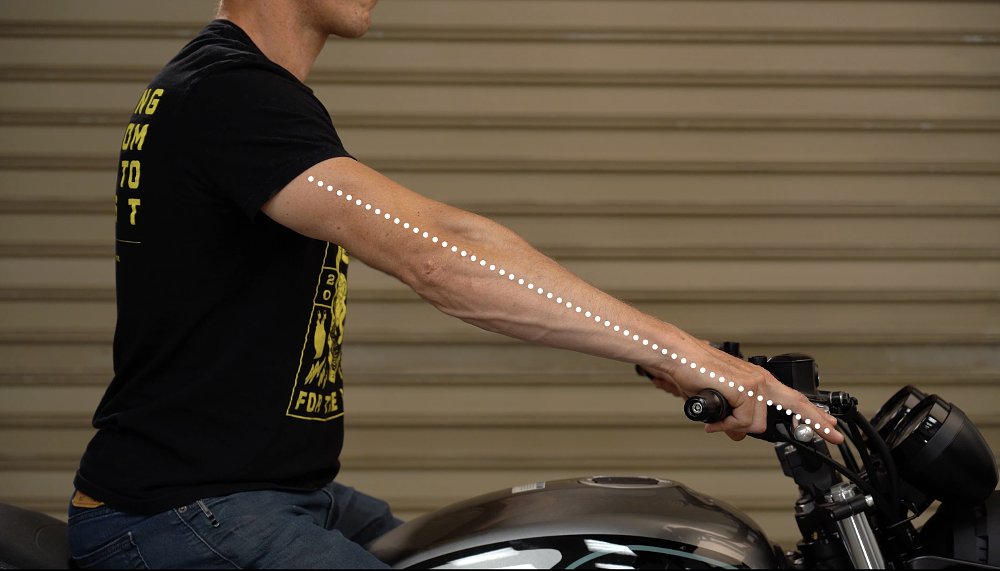
It’s going to be uncomfortable
It shouldn’t be if your bike’s ergos are optimized, which can be done with simple tools in a matter of minutes. We have an article with a video that explains how to adjust your bike for better comfort and control. With time, covering the front brake will become second nature.
How many fingers should be on the lever?
It depends. Perhaps just two fingers if you have large, strong hands and are on a bike with powerful brakes, or it may be three digits if you have small hands or the bike has terrible brakes. The number varies, but none is definitely the wrong answer.
I won’t be able to use the throttle if I’m covering the brake
Yes you will. If motocrossers can do it while banging bars going through a corner, you can learn to do it while riding around town.
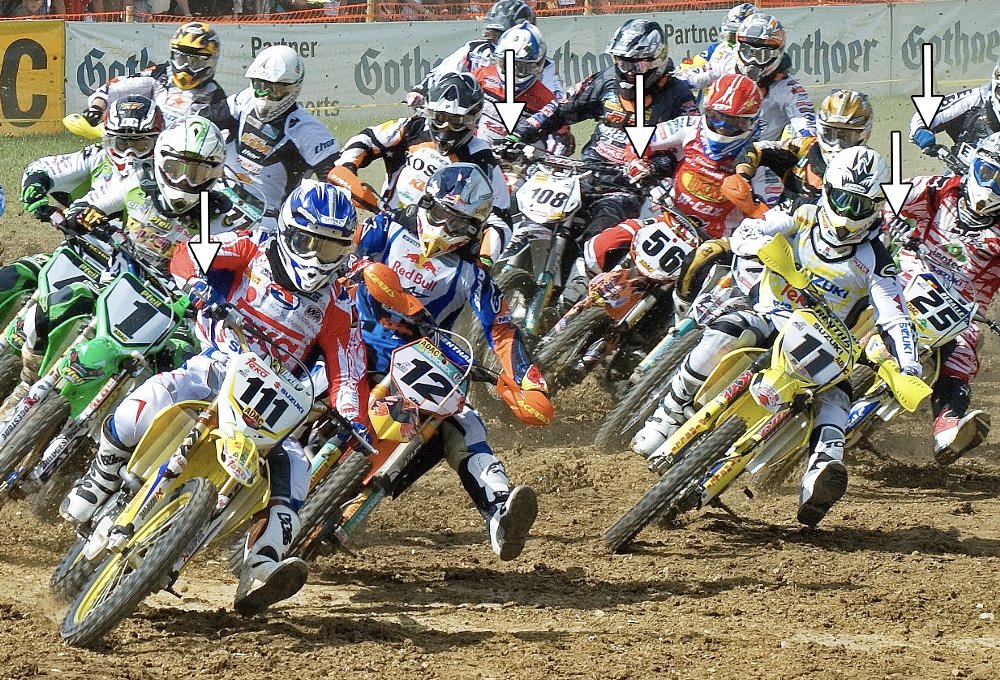
You’re going to brake with the throttle open and crash
This is exactly the coordination issue the MSF and Total Control are worried about, and for truly new riders, it’s a risk. However, if you rest your fingers on top of the lever rather than wrap them around it, then you have to roll off the throttle for your fingers to move forward and engage the brake. Ultimately, repetition and the muscle memory it creates will solve this issue. After all, how often do you push on a door before you turn the knob?
You’re going to drag the brake and send confusing brake-light signals
Covering the front or rear brake does not mean applying it. Resting your fingers on the lever without pulling it isn’t difficult, and neither is keeping your toe positioned above the pedal. Practice produces the muscle memory needed to make this stuff automatic.
You’re going to trap your fingers on the grip and not be able to brake fully
This is easy to avoid with proper bike setup and familiarity. Make sure your lever reach is adjusted properly and know how far the lever strokes to reach max pressure.
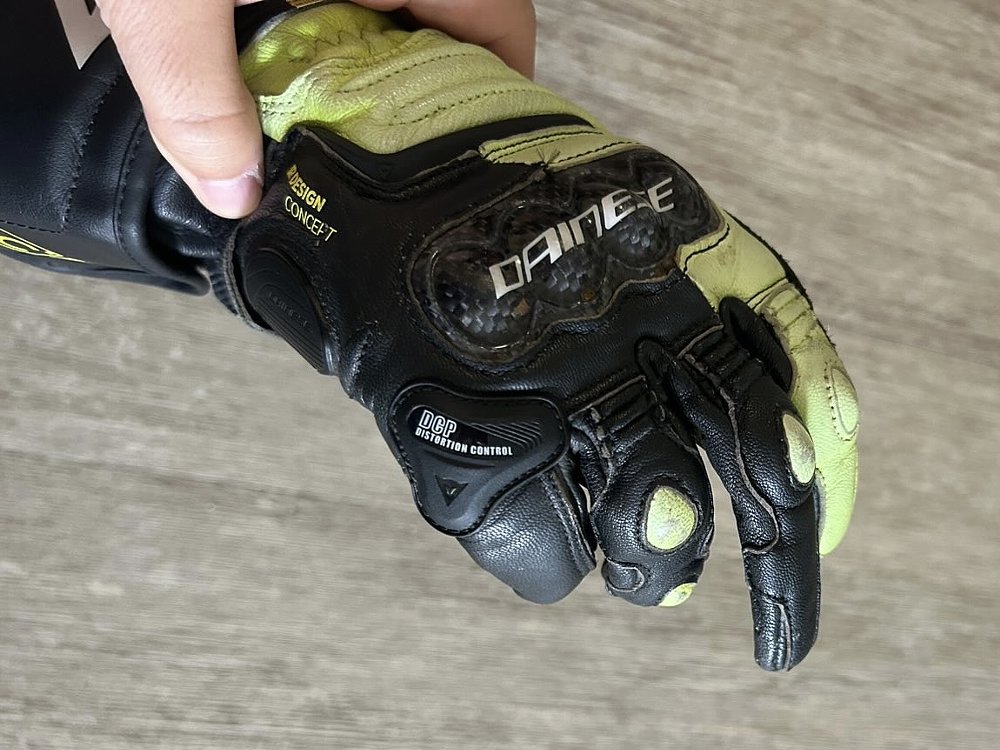
You’re going to panic brake and crash
Yikes. That’s not due to covering the brake, that’s due to a lack of skill. Covering the front brake, and being able to brake safely in general, is contingent on the fundamental skill of smooth, progressive, controlled braking. Or having ABS. If your skills aren’t there yet, please do some drills and maybe seek out some training.
Covering the front brake is a critical habit that, in conjunction with situational awareness, goes a long way toward keeping riders safe. If you’re not already riding with fingers on the front brake lever, consider starting. It will absolutely help you stop faster.

 Membership
Membership

